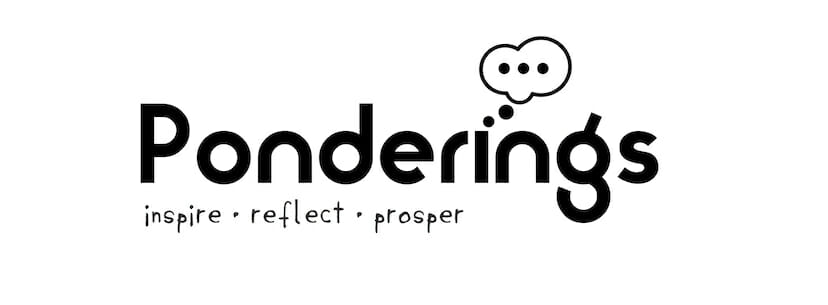
On Planet Spectrum when we refer to a trigger, we are referring to something that creates a behavioural response.
It is ‘triggered’ by something.There are triggers that need to be managed because they are an everyday part of life, and then there are triggers that can be avoided or reduced.
Matson et al (2009) reported that 94.3% of children on the autism spectrum have been reported to display some form of Challenging behaviours. Many are based on sensory overload, reactions and anxiety.
Picture a crying new-born, a screaming and thrashing two-year-old, a dad standing there with bath stuff gobsmacked, and a mother distressed on so many levels. This was supposed to be a beautiful moment where the big brother bonded with his new sister by helping with the first bath. No bingo! The seriousness of how much distress and fear this created for our little boy was heart-breaking.
Every time a tap was turned on, the sound of the water running would result in an extremely distressed child. Screaming, terror and total distress made the simple task of turning on a tap a nightmare.
If you think about how often we use taps during the day- it didn’t take much for us to realise what a challenge this trigger was going to be. The irony- dad is a plumber.
So what did we do? We established that taps are essential for hygiene and daily life, so it was necessary that we assist our child in managing the trigger, reducing the stress it created and getting things under control.
We started with a warning, the words “Tap On”.
We turned the tap on for five seconds, and we counted 1, 2, 3, 4, 5, and then we turned the tap off.
Slowly, very slowly, we built the time up. Mister hated the noise, and there was still lots of screaming, but with forewarning and counting, we were able to give this horrible ordeal some predictability.
Predictability was key.
His anxiety was lessened, as the process of the tap-sound wasn’t as much of a shock because he could anticipate what was coming, and he knew it would end.
Using anticipation with an end is a winner for Spectrum kids. First _____ then _______ formula reduces anxiety and prepares the child for what comes next. So first, we will turn the tap on, there will be a noise, and then it will end with a “shhhhh” sound. We started calling this preparation technique with noises’ noise control.’
We are happy to report that our household is using taps, running showers. Baths are very noisy, so we tend to still shut the door whilst we fill up the bath, but there are no tears or distress. Keeping in mind that we have not cured Mister’s sensitivity to the sound, but we have helped him gain some noise control.
There are times when we are out, public toilets, family and friend’s houses, and taps are on. The sound of gushing water is a fact of life, and although always wary, now we cope.
If you identify that noise is a huge trigger, offering “control over the noise can be a complete game-changer.
Examples include allowing your child to control the noise and therefore lessen the fear. For instance, turning on a vacuum; we give a warning and let M turn the vacuum on and off.
When trying to work out triggers, you take on the role of sensory detective. Are there too many devices going on in the environment you are in? What lights are going? What sounds can you identify? Ask these questions to assist in working out the spectrum environment.
If your little person has sensory issues; it is really important to consider each environment. I frequently and politely ask clothing store assistants to turn down their music for ten minutes while we shop- most are more than happy to oblige. Give warnings of sounds that are going to happen (starting the beaters, using a drill, banging a hammer, turning on music). Informing our little guy of where the noise is coming from, what it is and that it will pass evaporates the fear and allows us to participate in daily activities.
Ask yourself if there are any aides you can use for triggers noise-cancelling headphones, earmuffs, sunglasses and hats can be really useful to ward off lots of noise and the glare of fluro store lights.
Observation is the key to identifying triggers and the way in which to do this is ‘slow it down.’
When life is calm, and you can be truly observant, you can genuinely begin to assist.
Want to Ponder Autism more with us?
Stay tuned for our next article. Ponderings have managed to affiliate with Planet Spectrum and are pleased to offer you this link to the free resource The Flight Manual.











